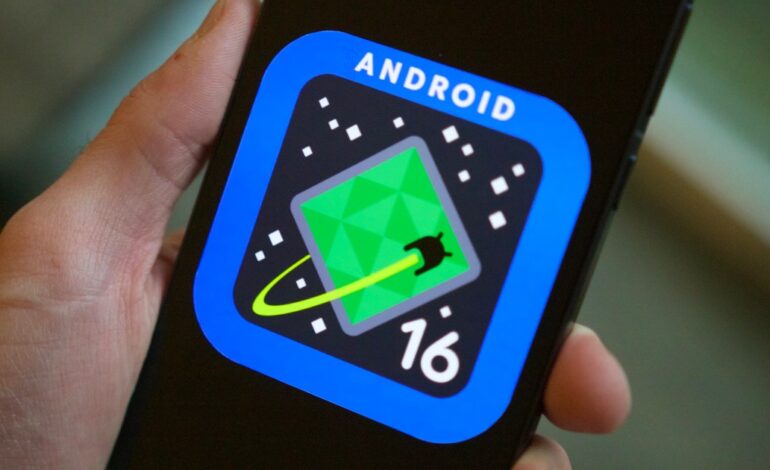Researchers Uncover Android Flaw Allowing Data Theft via Pixnapping

Security researchers have identified a significant vulnerability affecting Android devices, utilizing a revived data theft technique known as Pixnapping. This method allows malicious apps to capture sensitive data displayed on other applications or websites, including crucial information from platforms such as Google Maps, Gmail, Signal, Venmo, and even two-factor authentication (2FA) codes from Google Authenticator. Notably, this attack does not require any special permissions, making it particularly insidious.
The technique exploits a hardware side channel, referred to as GPU.zip, which enables attackers to read screen pixel data by measuring rendering times. By overlaying transparent activities and tracking how quickly pixels render, an attacker can reconstruct on-screen content pixel by pixel. Although the technique only leaks between 0.6 and 2.1 pixels per second, this is sufficient to extract sensitive information, including authentication codes.
Affecting devices running Android 13 through 16, including models such as the Pixel 6 to 9 and Galaxy S25, this vulnerability has been assigned the identifier CVE-2025-48561. A partial patch was issued in September 2025, with a more comprehensive fix anticipated in December 2025.
Implications of Pixnapping
The emergence of Pixnapping highlights a fundamental flaw in Android’s rendering and GPU architecture. It serves as a reminder that even vulnerabilities which were previously addressed can evolve into new threats. Since the attack does not require special permissions, a seemingly harmless application downloaded from the Google Play Store could potentially monitor and capture sensitive on-screen data without user knowledge.
This issue exposes a broader challenge with side-channel vulnerabilities, which are leaks resulting from hardware processing rather than software bugs. Such vulnerabilities are notoriously difficult to detect and resolve, creating ongoing security challenges for mobile users.
Why Users Should Be Concerned
For Android users, the implications of this research are substantial. There is a risk of covert data theft occurring without any user action or warning. Malicious applications could silently harvest sensitive details such as banking information, 2FA codes, or location data simply by observing user screen activity. While Google has stated that there is currently no evidence of active exploitation, the existence of this vulnerability underscores the potential for malware to circumvent traditional security measures.
Looking ahead, Google is expected to implement additional fixes aimed at limiting the abuse of the blur API and enhancing detection capabilities. Despite these efforts, researchers caution that workarounds are likely to exist, leaving the underlying GPU.zip vulnerability unaddressed. Until a lasting solution is developed, users are advised to limit the installation of untrusted applications and ensure their devices are kept up to date.
Security experts anticipate that more sophisticated side-channel attacks like Pixnapping may arise as attackers refine their techniques. In this evolving landscape of mobile security, vigilance and proactive measures will be essential for safeguarding sensitive information.






